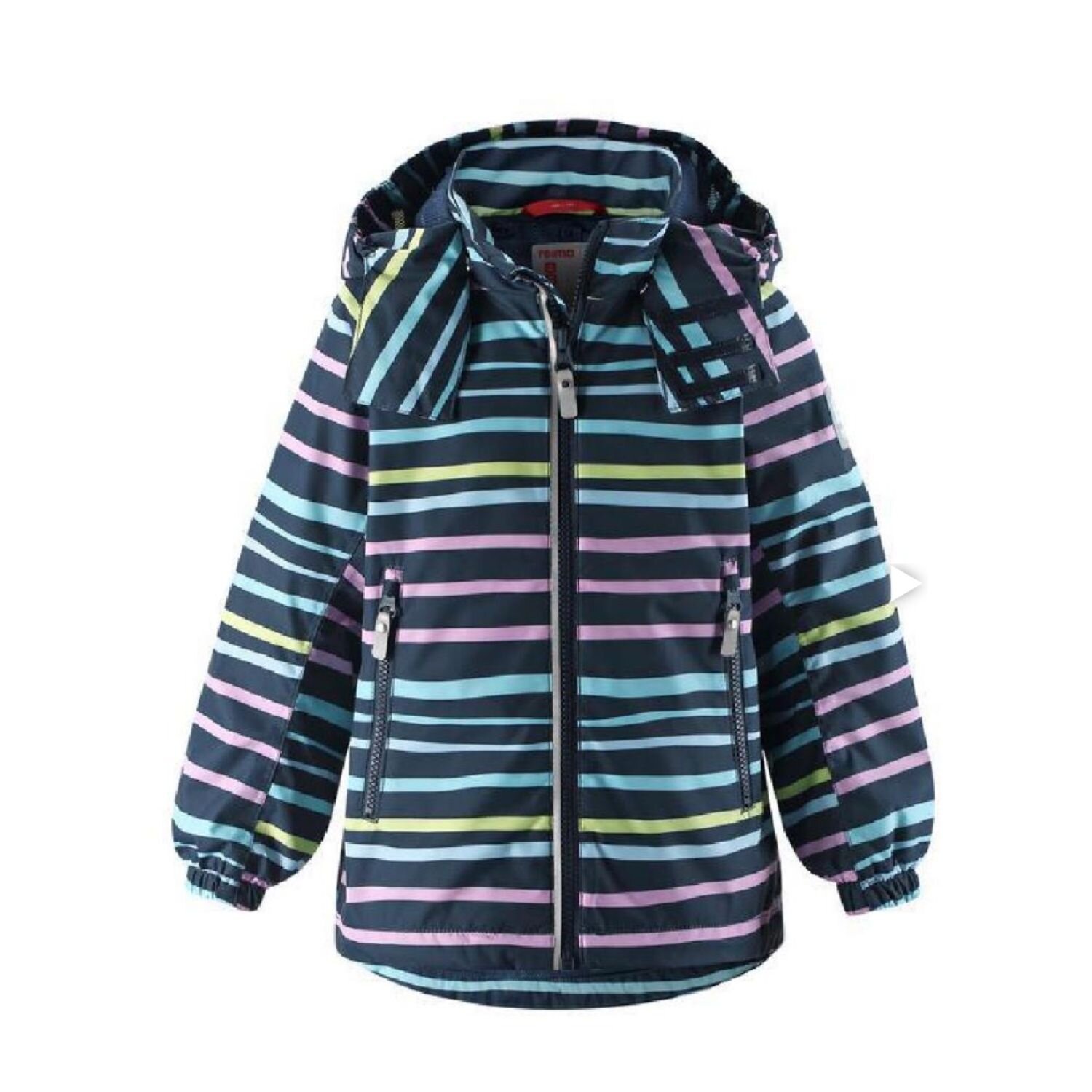Three Essential Layering Pieces
Whether you are camping in the summer or skiing in the winter, your layering system should look just about the same.
Ahem, excuse me? “Layering system?”
That’s right, instead of having multiple jackets that work on different types of days, we suggest having a dynamic layering system for your kids (and yourself). This means you have a few key pieces to add or subtract depending on the conditions. Selecting these pieces means you buy less, need to plan and think ahead less, and you do a better job anticipating exactly what your little one needs when you roll up to the trailhead and see the actual conditions.
Wicking Base Layer
If you’ve been in the world of outdoor recreation for awhile, you’ve probably heard the phrase “cotton kills”. Basically, when your base layer gets wet (from perspiration, condensation, or precipitation), your skin cannot effectively regulate your body temperature. Instead of cotton, opt for base layers made from synthetic or wool materials. While these may initially cost more, you can wear these pieces all year long, from skiing in the winter to camping in the summer. Here are a few of our favorite items:
Insulating Layers
You’ll want to select your insulating layer depending on the temperature of the day. If you roll up to the trailhead, and it’s in the 50s your little one will probably be comfortable in a light fleece. On days when it’s in the 20s, you will want to pack along a down sweater/jacket. Is it really cold? Not to worry! Add a down jacket over the fleece jacket. The beauty of insulating layers is the ability to add and subtract pieces to help regulate body temperature. Our kids love:
Windproof/Waterproof Breathable Shell
Alright, you’ve got your wicking base layer, and you’ve packed a few solid insulating layers. You should be set, right? Not so fast! All of those layers will do nothing for you if they get damp or if a cold wind cuts through. You need to find a shell that will block moisture and wind, and will also “breathe” when your child gets warm from exertion (to prevent an excess of sweat). There are insulated waterproof jackets on the market, but if possible, try finding an uninsulated shell. These work for a rainy summer hike as well as a chilly winter day on the mountain. Check out these favorites:
A good shell is likely one of your more expensive pieces of outerwear for your kids. Trust us, it’s not one you want to skimp on if you plan to spend longer days in varied weather conditions. (Been there! Done that! Could write the book report about it!) While there are certainly “rain jackets” out there that will help keep your little one dry to and from the bus stop, you want to look for something that will keep your little one dry in case a storm moves in and you are in the middle of a hike.
Pro tip: Buy something that fits just a little big so you can get two years of use out of it. Even better tip? Hand it down! A good shell should last for years, and be able to hold up to heavy use.
Let’s Get Technical
It can feel overwhelming to know how to shop for good outerwear. Instead of primarily shopping for cute prints and the lowest prices, spend a few minutes digging around in the garment description. Any quality outerwear that you purchase will have a section where you can read about the specific features. For example, when you view a jacket on Reima’s site, scroll down to the “features” section. Here they outline how waterproof the garment is. If a jacket is listed to be “suitable for heavy rain”, it means the fabric has been tested to be able to withstand 8,000 mm of water before water begins to pass through the fabric, by their standards. That’s great to know!
Pack it, Stash it, and Don’t Think Again
Most insulating layers and shells can actually be stuffed into their own pocket (or often come with a designated stuff sack). Before heading out for an adventure, ask yourself if you’ve grabbed your three layers for each member of your family: a wicking layer, an insulating layer, and a shell. Stash them in the car, and head out the door. When you get to the trailhead, you can decide which layers you want to bring with you (we always recommend bringing a water resistant shell), and which ones will stay in the car. The best part about a dynamic layering system? These items can be worn year round for any type of condition you encounter. That’s a win in our book!
WildKind Club Members Get 25% off Reima in August
Are you a WildKind Club member? This is a perfect opportunity to use your 25% discount code. Not a member yet? The $8.25 monthly fee will pay for itself with the savings from a single item. Let us know if you have any questions and we’ll do our best to help you!













